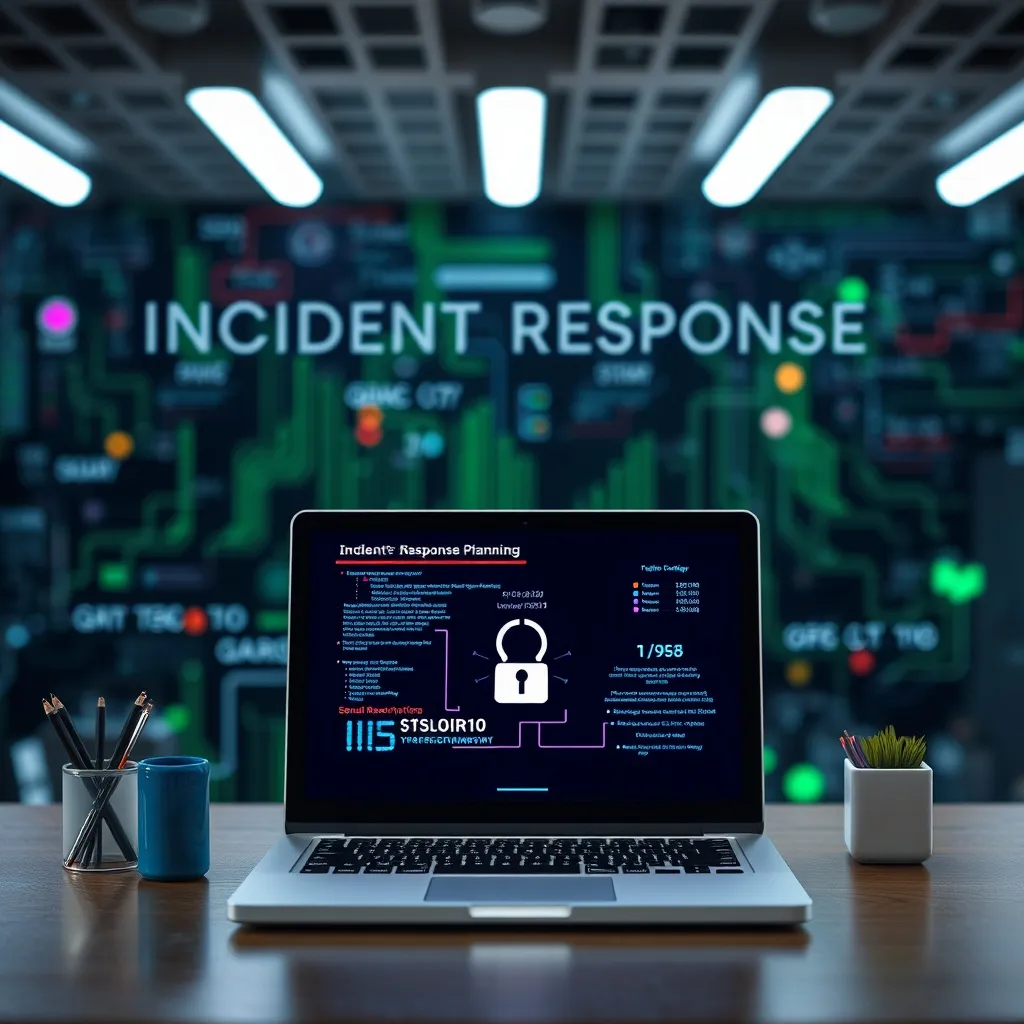Protecting Australian local healthcare sector
Australian healthcare providers—from GP clinics to pathology networks—are entrusted with highly sensitive patient data, making them prime targets for cybercriminals. Critical challenges include:
Ransomware Attacks: Healthcare ranks as Australia’s #1 targeted sector for ransomware, with attackers exploiting downtime pressures (e.g., 2023 attack disrupting a Melbourne pathology lab).
My Health Records Act Compliance: Strict obligations for securing patient data, with penalties up to $420,000 for breaches.
Legacy Systems: Outdated practice management software (e.g., MedicalDirector) and unpatched devices (e.g., MRI machines).
Third-Party Vulnerabilities: Risks from telehealth platforms, billing systems, and cloud EHR providers.
Human Error: Phishing scams tricking staff into exposing credentials or patient records.
ClinicGuard - My Health Records Act Compliance Audit
Problem: Clinics face heavy fines and reputational damage for non-compliance.
Our Solution:
- Compliance Gap Assessments: Audit alignment with My Health Records Act and Privacy Act 1988.
- Remediation Plans: Prioritize fixes for EHR systems, backups, and access controls.
- Certification Support: Prepare for OAIC audits.
Positive Outcomes:
✔️ Avoid penalties of up to $420,000 per breach.
✔️ Securely share patient data across clinics and specialists.

ClinicGuard -Ransomware Readiness & Response
Problem: Attacks can halt operations for weeks, risking patient care.
Our Solution:
- Backup Integrity Testing: Ensure rapid recovery of patient records and billing systems.
- Endpoint Hardening: Secure devices (e.g., GP desktops, pathology lab machines) with ASD Essential Eight controls.
- Incident Playbooks: Tailored response steps for clinics (e.g., isolate infected systems, notify patients).
Positive Outcomes:
✔️ Reduce downtime from days to hours during attacks.
✔️ Protect bulk-billing systems and appointment schedules.

ClinicGuard - Healthcare Staff Cybersecurity Training
Problem: 85% of breaches start with phishing emails to receptionists or nurses.
Our Solution:
- Role-Based Training: Modules for GPs (telehealth security), admin staff (phishing), and pathologists (data handling).
- Simulated Phishing Campaigns: Test employees with healthcare-specific lures (e.g., fake Medicare updates).
- Telehealth Security Guides: Best practices for Zoom, Clinician, and HotDoc.
Positive Outcomes:
✔️ Cut phishing click rates by 65% within 3 months.
✔️ Empower staff to become the “human firewall.”

